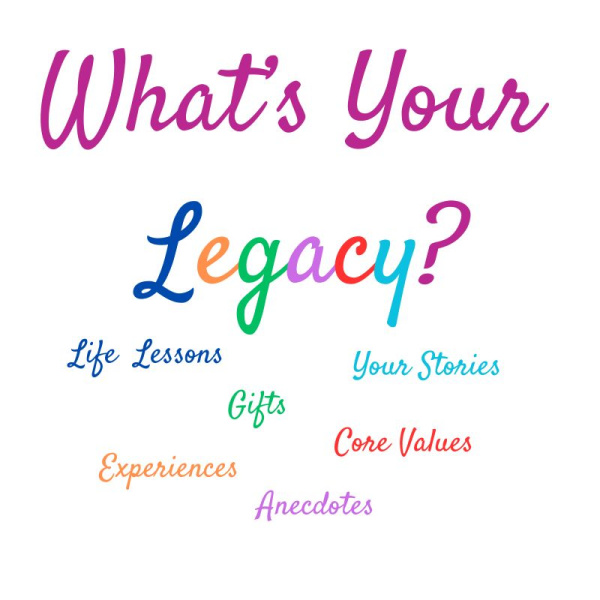Happy Thoughts: Leaving a Legacy for Your Loved Ones
 Introduction
Introduction
Leaving a legacy means more than simply passing on possessions—it’s about sharing your values, memories, and life lessons with the people who matter most. Thoughtful end-of-life planning ensures your legacy continues to inspire and support your loved ones long after you’re gone. This post explores what it means to leave a legacy and offers practical steps to help you create one.
What Is a Legacy?
A legacy is the collection of values, stories, traditions, and tangible items you leave behind for future generations. It reflects who you are and what you stood for, and may include:
Personal Stories and Memories – Sharing life experiences and lessons learned.
Values and Beliefs – Imparting the principles and convictions that guided your life.
Family Traditions – Preserving meaningful practices, recipes, and rituals.
Life Advice and Guidance – Offering words of wisdom for the future.
Cherished Possessions – Passing down personal items and heirlooms with significance.
Philanthropy – Supporting causes that were meaningful to you through planned giving.
Steps to Creating Your Legacy
1. Document Your Life Story
- Write a memoir capturing your experiences, turning points, and personal reflections.
- Record videos or audio messages to communicate your thoughts, values, and guidance.
2. Preserve Family History
- Compile a family tree or genealogy to document your heritage.
- Create a photo album or scrapbook that includes captions and context behind the images.
3. Communicate Your Values
- Write personal letters to family members outlining your beliefs and hopes for their future.
- Share stories that highlight important life lessons and the principles you lived by.
4. Plan for Charitable Giving
- Establish a charitable fund or designate donations in your estate plan.
- Clearly outline your philanthropic intentions in your will or trust.
5. Distribute Meaningful Possessions
- Identify personal items and heirlooms you’d like to pass on.
- Include written notes explaining the importance of each item and why you’ve chosen specific recipients.
Benefits of Leaving a Legacy
Connection Across Generations – Your stories and values become a source of inspiration for future family members.
Preserved Memories – Important family history and personal insights are documented for generations to come.
Purpose and Fulfillment – Knowing your life has left a meaningful imprint provides comfort and satisfaction.
Reduced Conflict – Clear instructions and explanations can ease confusion and minimize disputes among heirs.
Best Practices for Sharing Your Legacy
- Use clear and simple language when writing instructions or messages.
- Keep your materials organized and up to date, especially memoirs, letters, and recordings.
- Store your legacy documents with your legal paperwork (such as your will or trust) to ensure they are easily found.
Conclusion
Creating a legacy is a meaningful part of end-of-life planning. By capturing your personal story, expressing your values, supporting causes you care about, and passing down treasured belongings, you ensure that your life continues to inspire and guide those you leave behind.